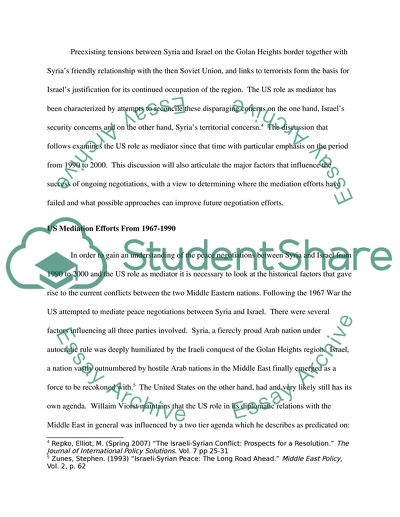Cite this document
(The Roots of the Israeli-Syrian Conflict Coursework, n.d.)
The Roots of the Israeli-Syrian Conflict Coursework. Retrieved from https://studentshare.org/politics/1710271-us-role-in-the-israeli-syrian-peace-negotiations-in-1990s
The Roots of the Israeli-Syrian Conflict Coursework. Retrieved from https://studentshare.org/politics/1710271-us-role-in-the-israeli-syrian-peace-negotiations-in-1990s
(The Roots of the Israeli-Syrian Conflict Coursework)
The Roots of the Israeli-Syrian Conflict Coursework. https://studentshare.org/politics/1710271-us-role-in-the-israeli-syrian-peace-negotiations-in-1990s.
The Roots of the Israeli-Syrian Conflict Coursework. https://studentshare.org/politics/1710271-us-role-in-the-israeli-syrian-peace-negotiations-in-1990s.
“The Roots of the Israeli-Syrian Conflict Coursework”, n.d. https://studentshare.org/politics/1710271-us-role-in-the-israeli-syrian-peace-negotiations-in-1990s.


